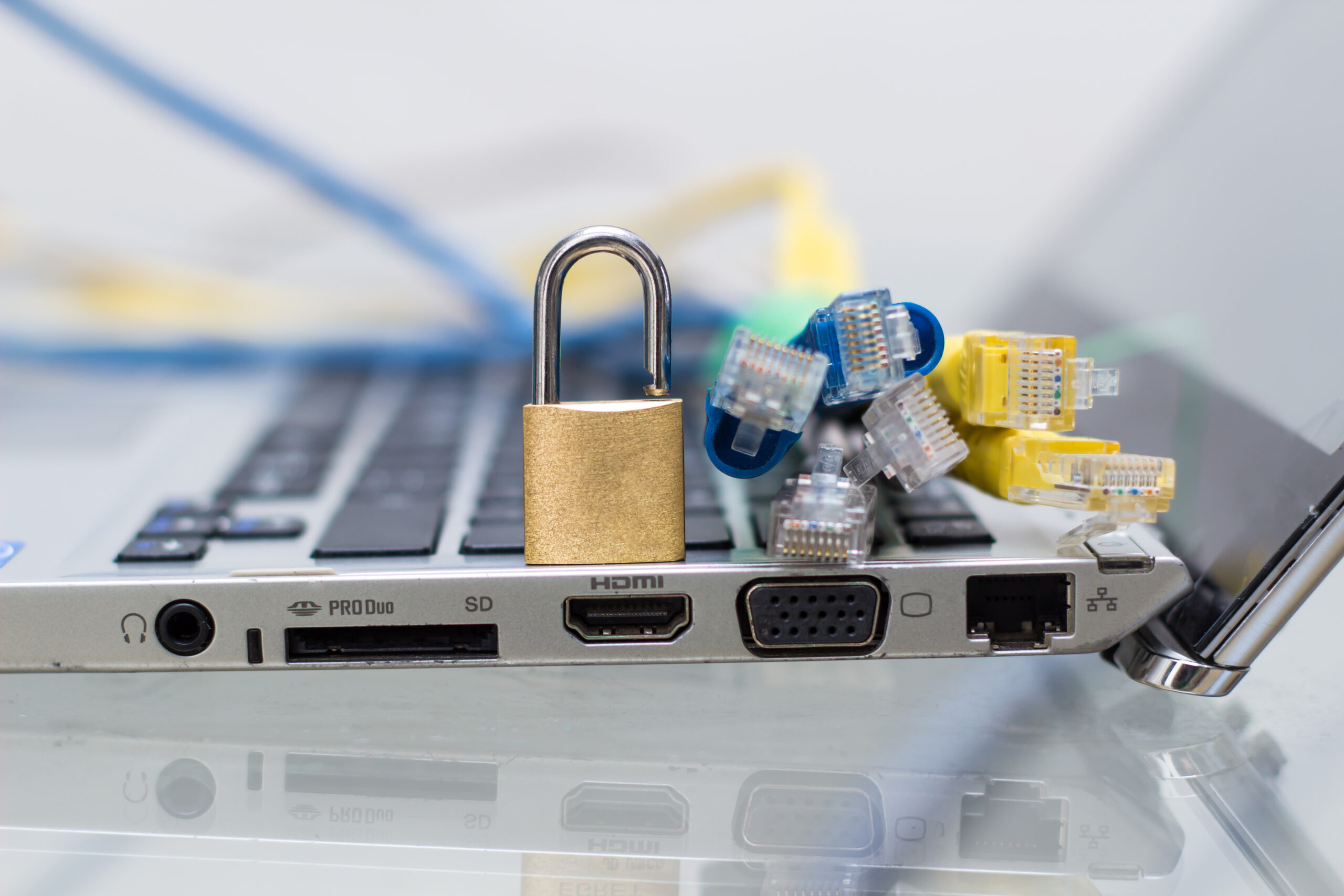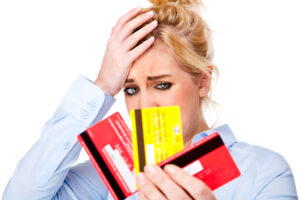Internet has become an important part of our lives, getting to the point where it is a necessity for many. In this part of the 21st Century, many banks all over the world have taken the initiative to invest in developing virtual platforms to catch up with the necessities and satisfy the needs of a globalized, interconnected society. Some banks began to develop their websites and enable them for customer use, what lead to a popular concept called “Online Banking”. This refers to using a Bank’s web platform through a computer, as simple as that. However, in the last few years, many banks have tried to go one step further, creating applications (or “Apps”) so users could keep track of their accounts just by checking on their phones. Now, that old concept was repowered and “Mobile banking” was the result.
While an individual can access their bank accounts by the internet browser on a phone, Mobile Banking differentiates from Online Banking since it uses a platform, usually an Application, that can be downloaded into a smartphone or tablet and allow its users to perform different types of transactions on the go.
“One way to keep your bank accounts safe is by setting password locks on your phones or tablets, so in case you lose it, no one is going to steal your information.”
This whole idea of being able to manage one’s bank accounts using electronic devices became so popular that by last year, according to a survey made by the Federal Reserve, 74% of customers use online banking and 35% of them use mobile banking. Experts predict that this number will progressively increase as more individuals find out how comfortable this type of account management is.
10 Actions You can Take Right Now To Improve Your Computer Security: Am I really at risk?
As said before, mobile banking uses a smartphone or tablet to connect to a financial institution in order to access bank/credit account information and perform actions like: view balances, transfer funds between accounts, pay bills, receive account alerts, locate ATMs, and even deposit checks using the camera.
If you still feel wary about getting into Mobile banking apps, Premier Consumer will guide you on this enterprise. The first thing is start little by little. Use your bank’s text message services to get snapshots of your account balances and latest transactions. This kind of service works just fine for those beginners that prefer safer methods because it is used only to exchange data.
Before fully taking the next step into banking apps, it is important to know what characteristics they have, so you are aware of which ones suit you better. Compare functions to see what you are actually able to do. There might be certain features that are not available in every banking app. Also, fees have to be considered. Most of the Mobile Banking Apps that you can find in App Stores are free, but check carefully for fee rates per transactions and evaluate whether they work for you, or not. Most of the things you can do on a banking app are cost free; however, it is never bad to double check so you do not get any undesirable surprise.
Like any mobile service, Banking apps have their downside. Being 100% safe from identity theft or hackers is quite difficult; however, there are certain considerations to keep in mind if you want to minimize risks.
One way to keep your bank accounts safe is by setting password locks on your phones or tablets, so in case you lose it, no one is going to steal your information. Also, you can check your accounts regularly, so if there is an irregularity you can spot it and report it. Many mobile banking apps and online banks can offer support and solution when money is leaking out of your accounts, as long as you inform it within 60 days. Keeping your log in information -such as user names, passwords, security questions, and so on- written somewhere safe (that means: particularly not in your phone) can guarantee much more security. In relation to passwords, many banking services support the use of longer passwords. More characters, capital letters, numbers, or even special characters will certainly make hackers’ job of breaking protection more difficult.
Finally, it is always good to take care when using public or unsecured Wi-Fi networks, since others connected to them too may be able to access your personal information.









